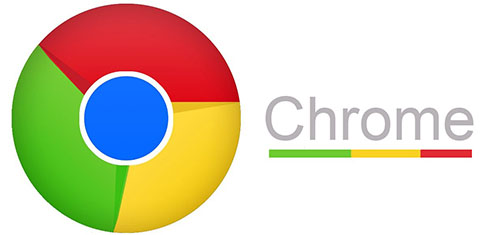
In this tutorial, we will show you how to install Google Chrome on CentOS 8. For those of you who didn’t know, Google Chrome is a freeware web browser developed by Google, that uses the WebKit layout engine. It is available for Linux, Android, iOS, Microsoft Windows, and macOS operating systems. But Google Chrome is more than a web browser, as it combines sophisticated open source technology, borrowed from the Chromium application, into a minimal design, all in order to help users surf the web much faster, a lot easier, and safer than ever before.
This article assumes you have at least basic knowledge of Linux, know how to use the shell, and most importantly, you host your site on your own VPS. The installation is quite simple and assumes you are running in the root account, if not you may need to add ‘sudo‘ to the commands to get root privileges. I will show you the step-by-step installation of Google Chrome on a CentOS 8 server.
Prerequisites
- A server running one of the following operating systems: CentOS 8.
- It’s recommended that you use a fresh OS install to prevent any potential issues.
- SSH access to the server (or just open Terminal if you’re on a desktop).
- A
non-root sudo useror access to theroot user. We recommend acting as anon-root sudo user, however, you can harm your system if you’re not careful when acting as the root.
Install Google Chrome on CentOS 8
Step 1. First, let’s start by ensuring your system is up-to-date.
sudo dnf update
Step 2. Installing Google Chrome Web Browser on CentOS
Google Chrome is not available in the CentOS repositories and should be downloaded from the official Google Chrome download page and installed manually:
wget https://dl.google.com/linux/direct/google-chrome-stable_current_x86_64.rpm
Now, run the following command to install the Google Chrome RPM package file using the dnf package manager:
sudo dnf localinstall google-chrome-stable_current_x86_64.rpm
Step 3. Accessing Google Chrome Web Browser.
Once the installation of google-chrome is complete you can start the Chrome browser from the GNU applications menu, Alternatively from a command-line terminal by executing the following command:
google-chrome
Congratulations! You have successfully installed Google Chrome. Thanks for using this tutorial for installing the Google Chrome web browser control panel in CentOS 8 system. For additional help or useful information, we recommend you to check the official Google Chrome website.